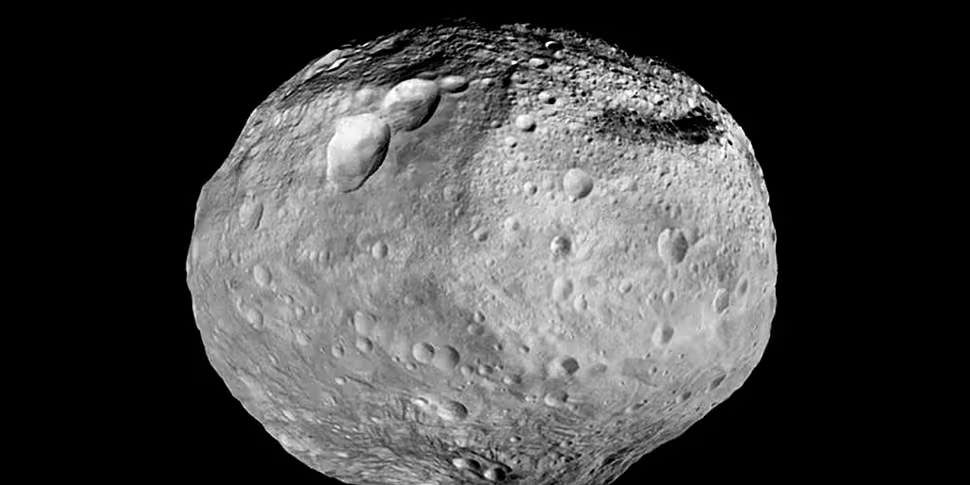The US space agency NASA says two medium-sized asteroids will fly past Earth this weekend.
It is tracking the objects, but orbit calculations have ruled out any chance that they could pose a threat.
They will both pass by Earth on Saturday night.
The first asteroid - 2010 C01 - is estimated to be 400 to 850 feet (120 to 260 meters) in size.
The second, named 2000 QW7, is thought to be between 950 to 2,100 feet (290 to 650 meters).
The second, the much larger of the two, will pass Earth at 11:54pm UTC on Saturday.
Lindley Johnson is planetary defence officer at NASA headquarters in Washington, DC.
He said: "These asteroids have been well observed-once since 2000 and the other since 2010 - and their orbits are very well known.
"Both of these asteroids are passing at about 14 lunar distances from the Earth, or about 3.5 million miles away, but small asteroids pass by Earth this close all the time."
Near-Earth Objects (NEOs) are asteroids and comets that orbit the Sun, but their orbits bring them into Earth's neighborhood - within 30 million miles of Earth's orbit.
These objects are relatively unchanged remnant debris from the solar system's formation some 4.6 billion years ago.
Most of the rocky asteroids originally formed in the warmer inner solar system between the orbits of Mars and Jupiter, while comets - composed mostly of water ice with embedded dust particles - formed in the cold outer solar system.
Scientists determine the orbit of an asteroid by comparing measurements of its position as it moves across the sky to the predictions of a computer model of its orbit around the Sun.
The more observations that are used, and the longer the period over which those observations are made, the more accurate the calculated orbit and the predictions that can be made from it.
At the start of 2019, the number of discovered NEOs totaled more than 19,000 - and it has since surpassed 20,000.









